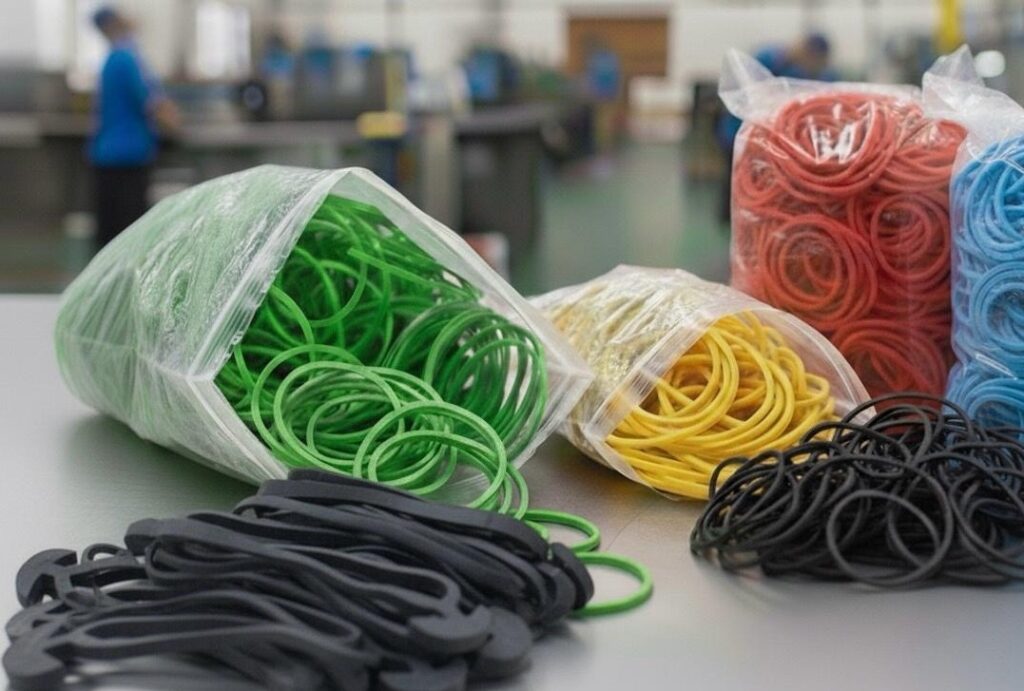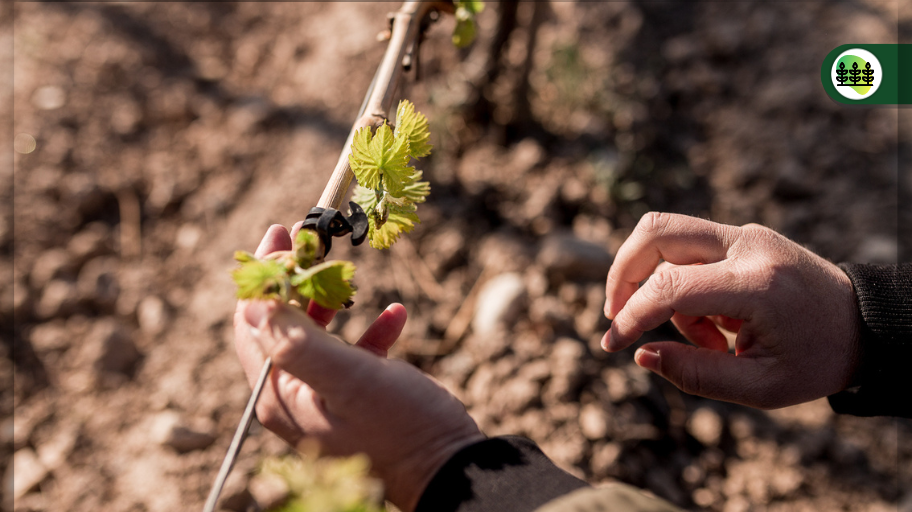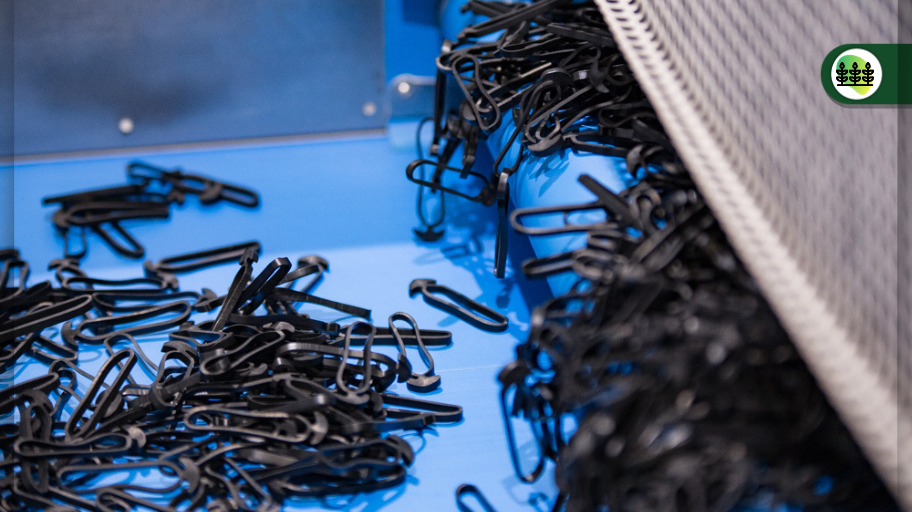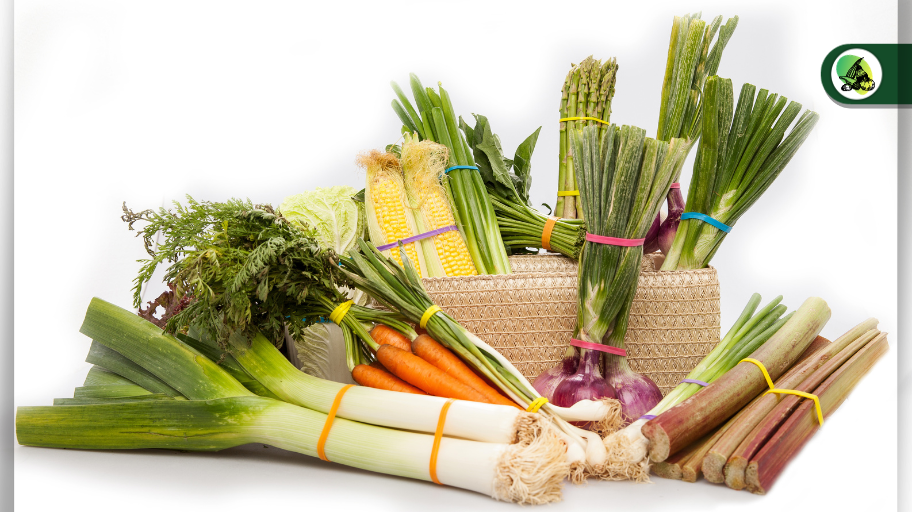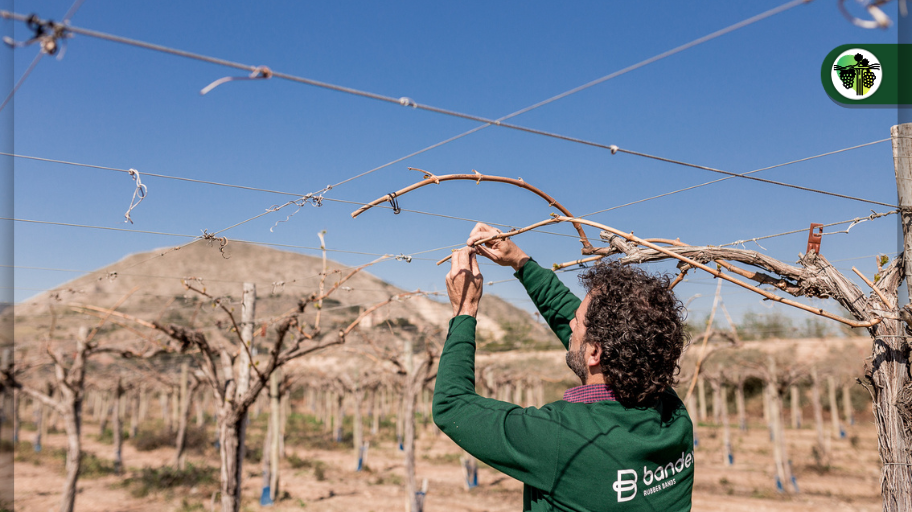At Bandex, we work daily with different types of rubber to provide tailored solutions for elasticity and fastening. While both natural and synthetic rubber are used to make elastic bands, their mechanical and chemical properties differ significantly. Understanding these differences allows you to choose the most suitable option depending on the application, expected lifespan, and environmental conditions, ensuring efficiency and durability.
What Is Natural Rubber and Its Properties
Natural rubber is derived from latex extracted from the Hevea brasiliensis tree. This material stands out for its softness, flexibility, and high elasticity, making it ideal for applications that require adaptability. Its ability to stretch and return to its original shape makes it perfect for delicate or perishable products such as fresh vegetables or aromatic herbs.
However, natural rubber has limitations. Its resistance to sunlight, UV rays, and moisture is limited, so it degrades quickly if exposed outdoors for long periods. Therefore, it is better suited for indoor applications or short-term uses. At Bandex, we have developed a range of natural rubber bands that combine elasticity and safety for these delicate applications.
What Is Synthetic Rubber and EPDM
Synthetic rubber is an industrially produced material made from petroleum-derived monomers such as styrene, butadiene, or neoprene, with compositions adjusted to achieve specific properties. One of the most notable examples is EPDM (Ethylene-Propylene-Diene Monomer), a synthetic rubber highly resistant to weathering, UV rays, ozone, extreme temperatures, and moisture.
While its elasticity does not match that of natural rubber, its durability and strength make it ideal for outdoor applications and demanding environments. In agriculture, EPDM is used to tie fruit trees and vineyards, withstanding wind and rain without losing effectiveness. In aquaculture, it can secure oyster or mussel baskets, resisting tidal forces and saltwater exposure.
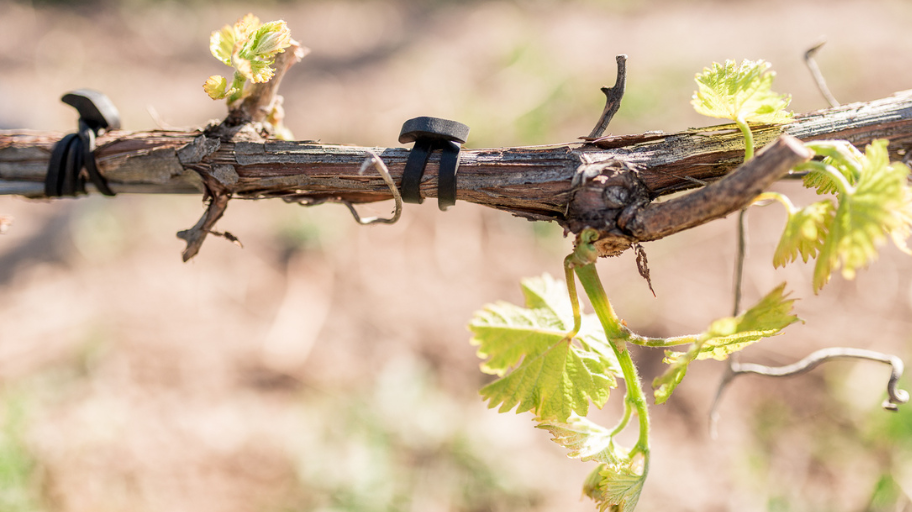
Additionally, synthetic rubber can be made latex-free, a critical feature for the healthcare sector. Our Bandex sanitary bands are used in masks, tourniquets, and face shields, providing safe elasticity while avoiding allergy risks.
Key Differences Between Natural and Synthetic Rubber
Choosing between natural and synthetic rubber depends on several factors: elasticity, durability, environmental resistance, and compatibility with the product being secured. While natural rubber offers softness and high elasticity for indoor or short-term applications, synthetic rubber such as EPDM provides strength, longevity, and reliability against sun, water, and chemicals.
A major difference is weather resistance: EPDM can withstand years of exposure without degrading, whereas natural rubber deteriorates quickly. Another key feature is chemical and saltwater resistance, making synthetic rubber ideal for industrial and aquaculture applications.
Applications of Natural Rubber
Natural rubber is mainly used where elasticity and softness are priorities, and a long service life is not required. Common applications include:
- Tying fresh vegetables and fruits without damaging perishable products
- Bundling aromatic herbs to keep bouquets intact
- Temporary packaging and light indoor fastening

Its biodegradability and safety make it especially suitable for agro-food applications and handling fresh products.
Applications of Synthetic Rubber and EPDM
EPDM and other synthetic rubbers are preferred when strength, durability, and firm fastening are needed. Applications include:
Outdoor agriculture: securing fruit trees, vineyards, and supports
- Aquaculture: fixing baskets and equipment exposed to saltwater and tides
- Industry: fastening exposed cables and components subject to sudden movements
- Healthcare: latex-free bands for masks, tourniquets, and medical devices
Thanks to their UV and moisture resistance, EPDM bands allow long-term use without compromising safety or performance.
Silicone Bands: High-Performance Synthetic Rubber
Within synthetic rubbers, silicone bands offer exceptional performance for extreme conditions. They withstand high temperatures, maintain elasticity over long periods, and resist demanding environments without deforming.
They are used, for example, in cooking shellfish, securing lobster or crab legs, in ceramics for pieces passing through kilns, and in ham curing to ensure correct product fastening. Our Bandex silicone bands are designed for these demanding applications, ensuring reliability and durability.
How to Choose Between Natural and Synthetic Rubber
Choosing correctly between natural and synthetic rubber requires evaluating the duration of the fastening, the environment, the type of product, and external conditions. While natural rubber is ideal for delicate, short-term applications, EPDM and other synthetic rubbers are essential when long-term strength, safety, and durability are required.
At Bandex, we provide personalised guidance to select the right band for every application. From agriculture to industry and healthcare, we have solutions that guarantee performance and safety.


